JOINT BASE ELMENDORF-RICHARDSON, Alaska - Soldiers from U.S. Army Alaska and the Indian army joined forces here Nov. 8 to kick off the field training exercise portion of Yudh Abhyas 2010 at Forward Operating Base Sparta.
They practiced troop leading procedures to ensure efforts between the two armies would be synchronized in preparation for a zone reconnaissance mission scheduled for the afternoon.
"We trained on anything that we thought we might come across during the mission. That way we are all in sync and can react to anything and make sure that everyone is on the same page," said Staff Sgt. Juan Rangel, senior scout for Bravo Troop, 1st Squadron (Airborne), 40th Cavalry Regiment, 4th Brigade Combat Team (Airborne), 25th Infantry Division.
The instruction included training on movement techniques, principles of a zone reconnaissance, clearing techniques, react-to-contact, hand-and-arm signals, and other aspects of troop leading procedures.
"The Indian army is already well trained and has a good understanding of what we are doing because their procedures are similar. This provided them a little more knowledge on how we operate," said Spc. Thomas Holcomb, a scout with Bravo Troop, 1-40th CAV.
Though most of the training was on U.S. Army troop leading procedures, the Indian army shared their techniques also.
"It's a learning process. We teach them how we do things, and we also listen to how they do things," Rangel said. "They give us their feedback, and if it works we can incorporate it into what we are doing. I know we will get something out of learning how they conduct operations, something that we can add to how we carry out our missions."
Reinforcing leadership roles was a focus of the training, which included instruction on receiving and disseminating an operations order, conducting rehearsals, pre-combat checks and inspections.
"These guys are really smart, and they listen," Rangel said. "So, it makes it easier on the leaders to have positive control over their men, and you get more training out of it.
"They are all very disciplined and catch on really quick. When you're that focused on the mission it makes everything run smoother."
Along with its operational importance, participating in a bilateral training exercise holds personal significance for some Soldiers.
"I think it's very important to have combined events like this," Holcomb said. "Just working with the Indian army itself is a great experience. To actually interact with someone from a different culture is something that you can't simulate."
Yudh Abhyas is a regularly-scheduled bilateral, conventional-forces training exercise, sponsored by U.S. Army, Pacific and the Indian Army. The exercise is designed to promote cooperation between the two militaries to develop U.S. Army Pacific and USARAK relationships with India and promote interoperability through combined military decision making process, battle tracking and maneuvering forces, and exchange of tactics, techniques and procedures.
U.S. Soldiers and their Indian counterparts are conducting a command post exercise, airborne operations training, marksmanship and tactical training to improve partnership readiness and cooperation between the armies of India and the United States during Yudh Abhyas 2010.
Follow Yudh Abhyas 2010 on the web at http://www.usarpac.army.mil/ya10, Facebook http://www.facebook.com/pages/US-Army-Pacific/113619942022854 and Flickr http://www.flickr.com/photos/usarpac/sets/72157625288366066.
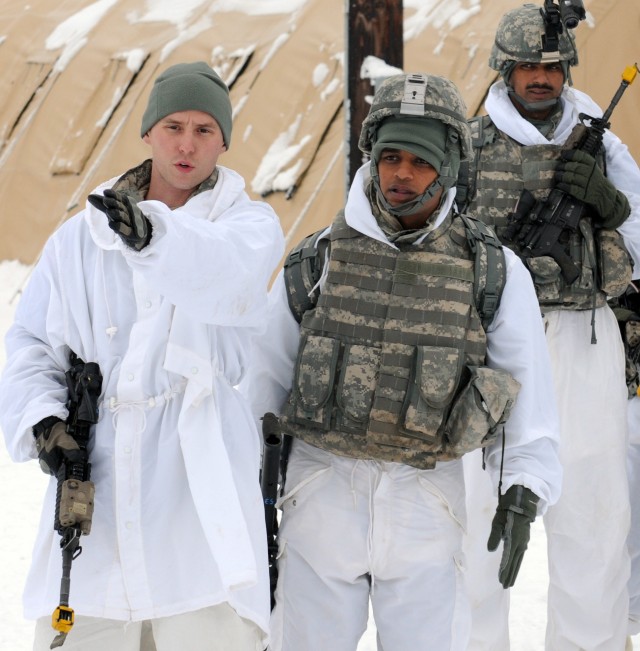
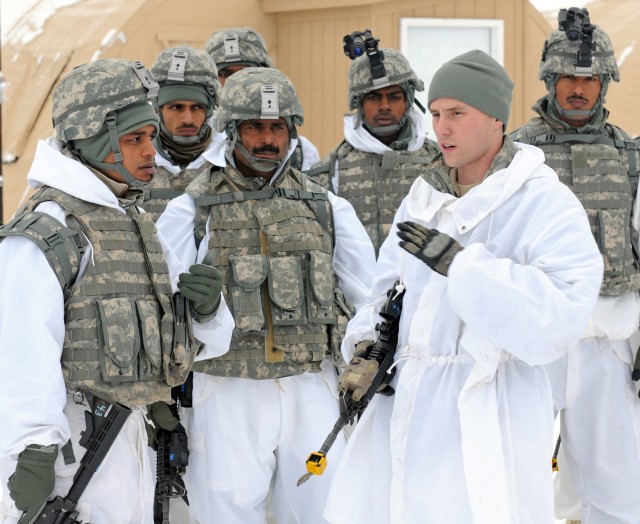

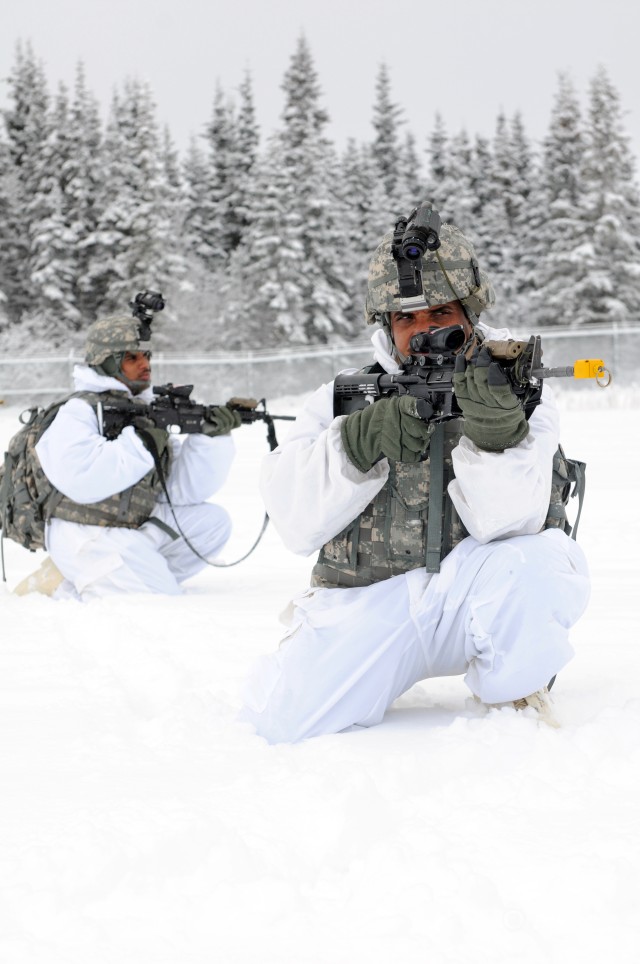
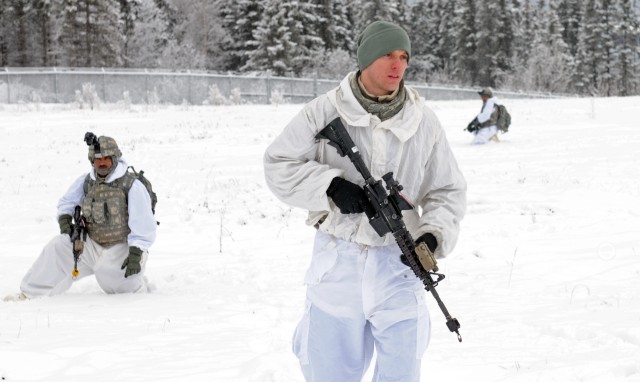

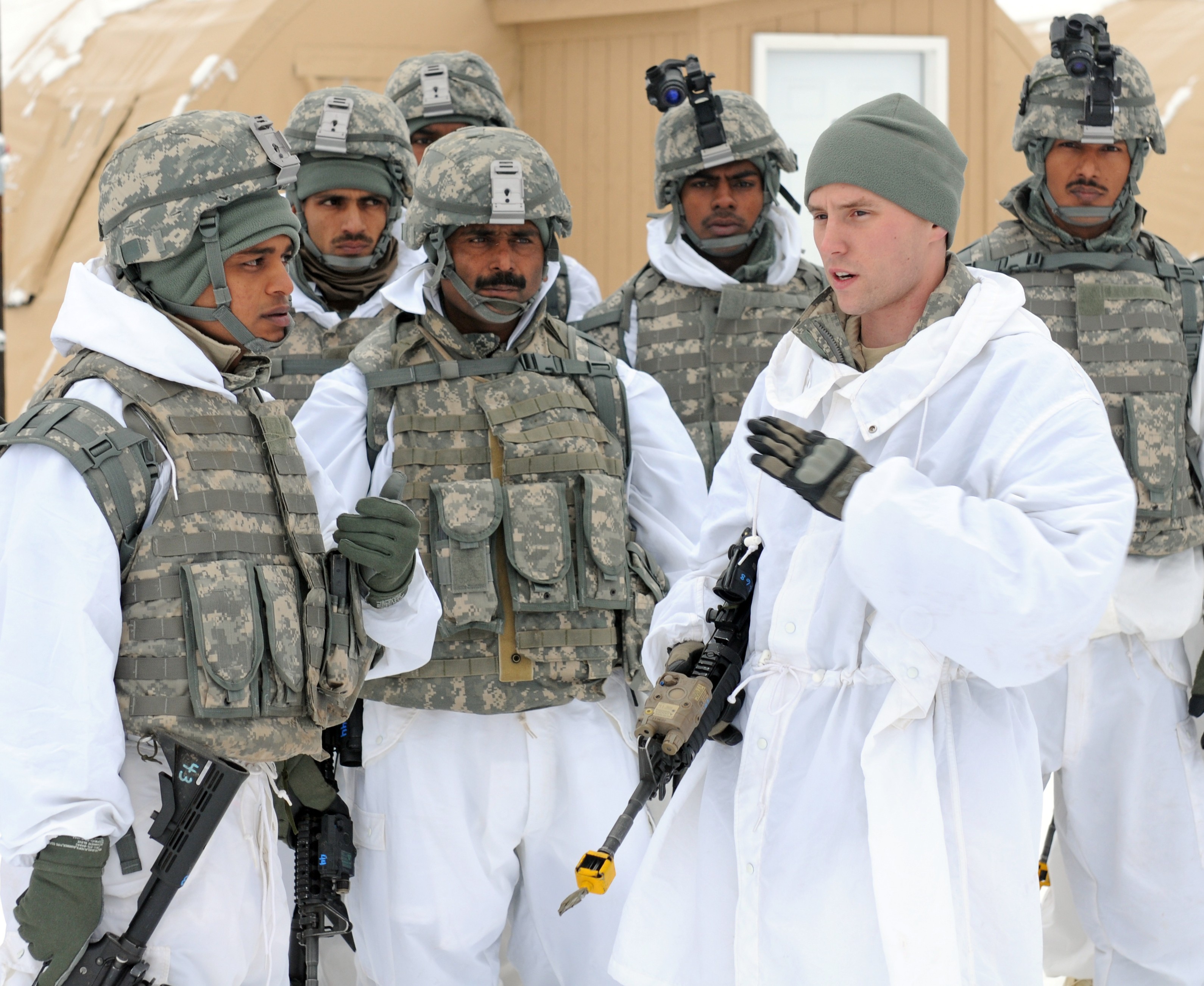
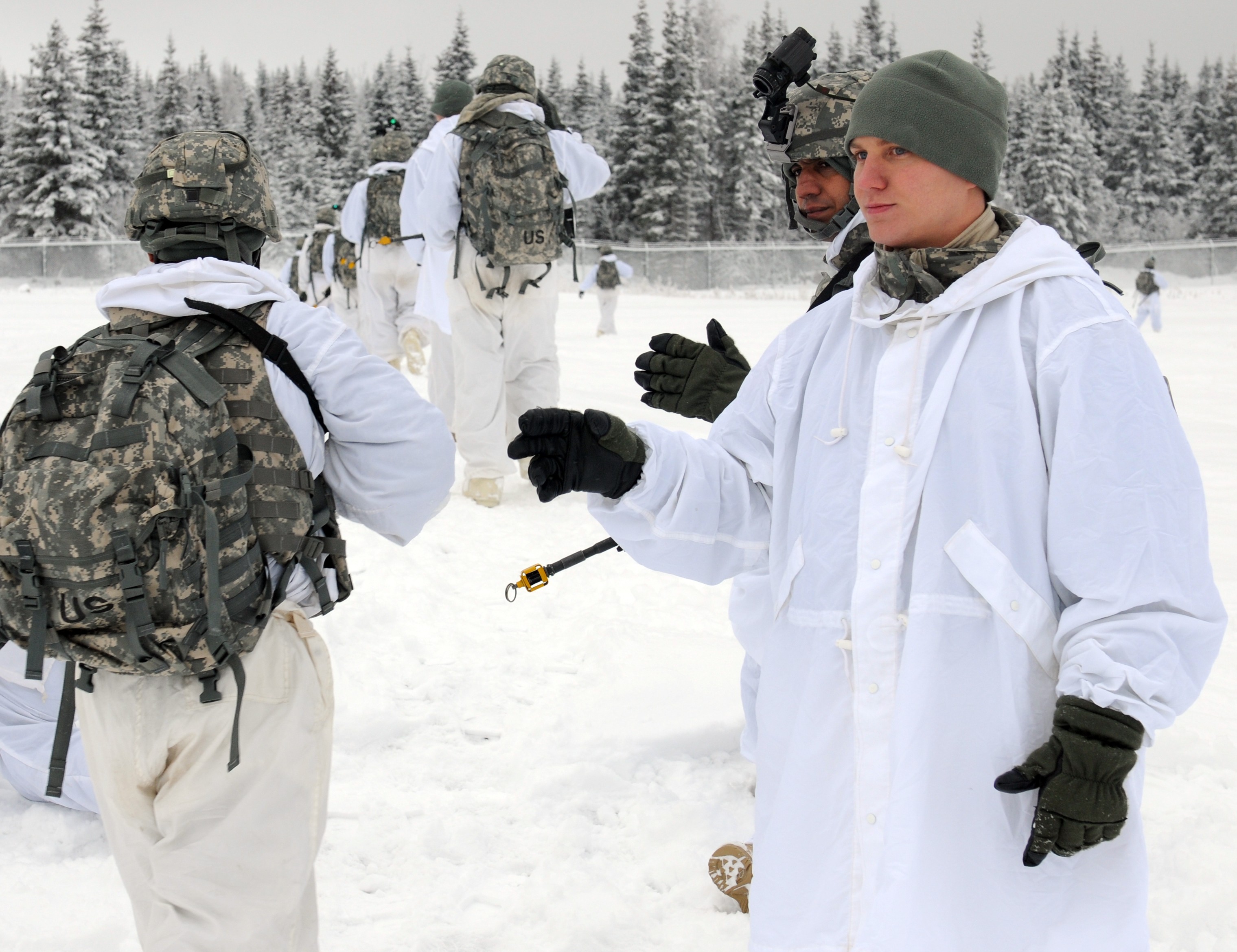


Social Sharing